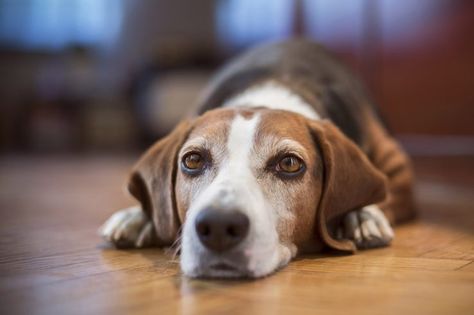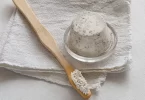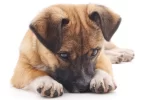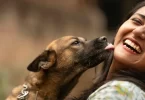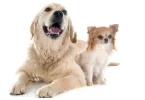This is probably the hardest thing for us to accept, that our dog has become old and it’s time for us to say goodbye to them. even a whole life together wouldn’t be enough for us and it always feels too soon when the dreaded moment comes.
As a pet owner, we must all go through these tough times, at least once in our life. However, the news doesn’t have to come to as a surprise. There are some key symptoms and behavior that will clearly tell us that our dog’s tie has come to an end. some of these symptoms would indicate that they are severely ill and considering their age, it may even mean that they are at the last stage of their life
Here are a few signs to look for:
8. Uncoordinated Movement
Just like human beings, the older a dog gets and the closer they are to their death, the less coordinated their movements will become – to the point where there’s no coordination at all and they can’t move around by themselves without the help of someone else anymore.dog care insurance
This is an important reason why dying dogs tend to stay in one place all the time because they just can’t find it within their power to move from point A to point B by themselves anymore.
7. Loss of Appetite

Most dogs have a healthy appetite: mealtime is one of their favorite times of the day and they just can’t wait to get eating. Even if your dog is a less enthusiastic eater, you still recognize that your dog enjoys eating to an extent (as we all do).
If you notice that your dog is eating less or not at all, there is a possibility that he or she is showing signs of increased weakness as they near their end. Again, however, this could also be a sign of an unrelated illness or condition, so seek out veterinary care if you are in doubt.
6. Bad Skin Condition

Because of the usual dehydration a dying dog experiences before their death, you’ll also notice that the quality and condition of their skin and fur is getting worse by the day. Look out for their skin which will become dry.
5. Bad Dental Condition signs of a dying dog

Besides their bad skin condition, their dental condition won’t be any better. Their gums will become very visibly pale, and the pink color they once used to have that indicates healthy gums will be long gone by now. signs of a dying dog
4. Inability To Control Bowel Movements

No matter how well trained your dog is when it comes to controlling their bowel movements, be that defecating or urinating, a dying dog will usually have incredible difficulty controlling their bowel movements.
This means they may “go” all of a sudden no matter where they are, be that in their designated potty area or not, as this is something they can’t control at this point.
3. Sadness

Dogs are the best when it comes to hiding their feelings. But you as the owner can always articulate whether your furry pooch is happy or if anything is wrong with them. They will always express their happiness and joy of they really enjoy doing something. As your canine ages, they will no longer be involved in any activities. They would quit playtime. Worst-case scenarios occur when they don’t even enjoy being in your presence. Do take note if your canine stop wagging their tails or purring. All this could mean that deep down inside they are psychologically upset and sad. The last stages usually make the dog create a distance with their human, but it’s up to you to eliminate the gap and comfort them.
2. Breathing Difficulties

You’ll often notice that your dog’s finding it incredibly difficult to catch a breath as easily as they used to before, with their breathing now becoming fairly shallow. Also, you’ll notice that it now takes them significantly longer time between one full inhale/exhale and the next.
1. Decreased Heart Rate

A dying dog’s heart rate will also go on a downward slope of gradual decrease, falling down from the usual range of 100-130 bpm to 60-80 bpm, and even lower as their time comes closer.
Besides the fact that the more of these symptoms mentioned above that your dog shows all at once, the higher the chances are that their time is drawing to a close, you can always have your veterinarian take a look at your pooch as well.
